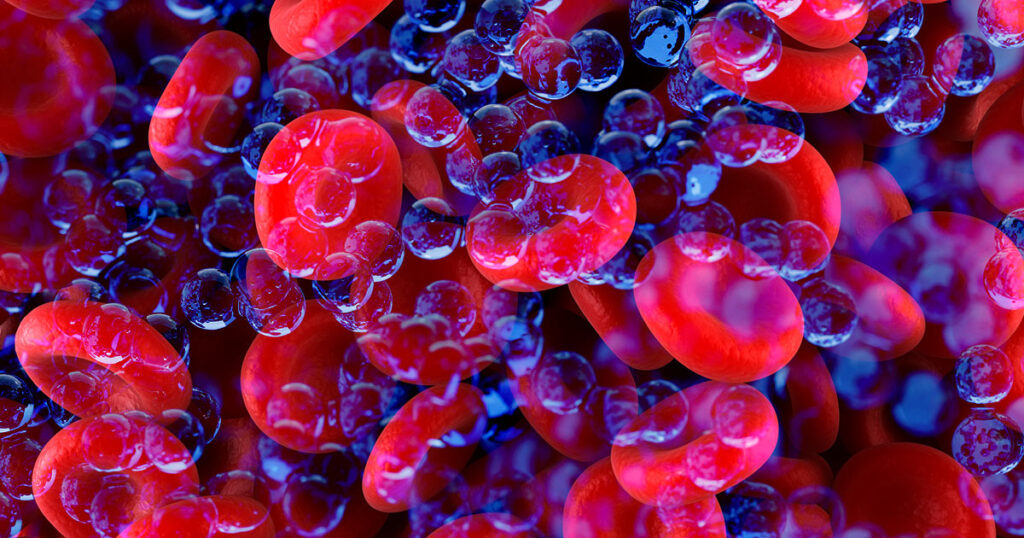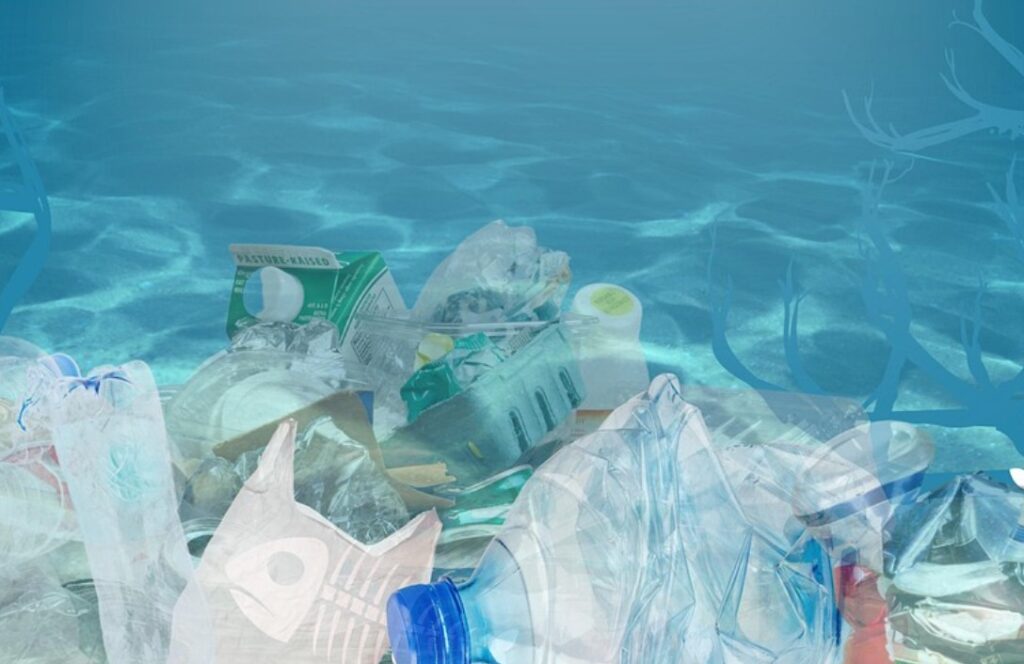In the warmer season, many are drawn outdoors. The risk of corona infection is lower in the fresh air than indoors. So does the virus take a break in the summer? Experts say it’s not that simple.
When temperatures rise in spring, the risk of catching a cold decreases, and flu viruses also gradually disappear. But does the weather also have an influence on the coronavirus? Scientists believe that seasonal effects may well influence the covid 19 pathogen. How does that affect the pandemic?
“The seasonality of viruses that are spread via the respiratory tract is tremendously complex and cannot be pinned down to individual factors,” says Ulf Dittmer, director of the Institute of Virology at Essen University Hospital. In addition to the time of year, other factors determine the course of the pandemic, such as people’s behavior. A clear prognosis is therefore difficult.
Environmental factors can affect the stability of coronaviruses. In addition, environmental factors could also affect the aerosols or droplets used to spread the virus, says virologist Stephanie Pfänder of Ruhr University in Bochum, Germany. “Their properties also change depending on environmental conditions.” Based on studies, basic findings can be derived for individual factors such as temperature, humidity and UV radiation. An overview:
- TEMPERATURE: According to Dittmer, the virus envelope is particularly stable outdoors at a temperature of about ten degrees. “The warmer it gets, the more the stability decreases,” the virologist explains. The heat causes fat molecules in the envelope to change in such a way that it can burst.
- UV RADIATION: Sunlight – especially UV radiation – damages the genetic information of the virus. “Very roughly, we can say that UV radiation is able to inactivate the virus by attacking the viral nucleic acid,” says Pfänder, a virologist. The viruses are then no longer infectious, she says.
- AIR HUMIDITY: The findings on air humidity are based primarily on studies of indoor transmission. According to Leipzig aerosol researcher Ajit Ahlawat, air humidity plays an important role there. Together with other researchers, the scientist from the Leibniz Institute for Tropospheric Research (Tropos) found that the risk of infection is lower indoors at higher humidity levels.
“When the relative humidity of indoor air is below 40 percent, virus particles expelled by infected people absorb less water. Therefore, they do not sink to the ground as quickly, but remain in the air and are more likely to be inhaled by healthy people,” Ahlawat explains. In addition, dry air would make the nasal mucous membranes drier and thus more permeable to viruses.
However, these findings cannot be directly applied to the spread of the virus outdoors. According to Ahlawat, there are additional factors, mainly the dilution of aerosol particles in the air and inactivation by UV light. These played a bigger role outdoors than temperature and humidity.
- BEHAVIOR: Weather also affects human behavior. In winter, we tend to stay indoors; in the warmer months, many are more drawn to the outdoors. “If all of life takes place more outdoors in the fresh air or rooms are consistently well ventilated, the risk of transmission is naturally lower,” says Pfänder.
- IMMUNE SYSTEM: The human defense system has to deal with various challenges: Wounds, bacteria, fungi – or even viruses. For each case and invader, the body tries to have a suitable immune response. “But keeping everything ready at the same time would cost a lot of energy,” explains Eva Peters, an immunologist from Giessen. That’s why the immune system relies – depending on the season – on different types of immune response: the innate and the learned immune response.
In winter, an immune response is usually required for familiar problems: antibodies against viruses are needed, for example, with which the body can fight off infections in the past.
In winter, an immune response is usually required for familiar problems. For example, antibodies are needed against viruses with which the body was already infected in previous winters, explains Peters. This learned specific immune response is very precise, but builds up only slowly. In the warmer months, on the other hand, people are more likely to be outdoors. The body is then exposed to many possible risks, including unknown ones. The immune system therefore relies more on the innate, non-specific immune response. With this, intruders such as viruses could be quickly recognized on the basis of certain damage patterns. “This means that in summer, our immune system is better at fending off new germs quickly and efficiently. This is also true for Sars-CoV-2,” Peters says.
- VITAMIN D: According to the German Nutrition Society(DGE), vitamin D, which is formed with the help of sunlight, does have regulatory effects on the immune system. However, it is not yet certain whether it can protect against corona infection, he says. According to the RKI, vitamin D formation is only possible in the summer half-year (March to October) due to the geographic location in Central Europe. In winter, the body uses the vitamin D reserves built up in summer.
Temperature, UV radiation, vitamin D: “All these factors improve in spring and summer,” summarizes virologist Dittmer. So there are seasonal effects, he says. But there is still a lack of concrete findings on how strongly the weather influences the pandemic.
“We know from coronaviruses that the R-value, i.e. the reproduction rate of the virus, drops significantly in spring and summer due to these factors. So at least by a factor of 0.5, maybe even more. And that’s quite a lot,” explains Dittmer. But last year also showed that the seasonal effects did not lead to a complete disappearance.
Now, according to the experts, there is another unknown: Viral mutations. The advantage gained from the seasonal effects could be virtually “eaten up” by the more infectious mutants, says virologist Dittmer, looking ahead to the coming months. The seasonal effects might then not be sufficient for the R-value to fall below the threshold of 1 in the long term, above which the pandemic subsides. Virologist Pfänder assumes that the warmer season could in principle already contribute to slowing down the transmission dynamics. She, too, sees uncertainty in mutants. “The emergence and spread of mutants is actually a factor that is unpredictable.”
— source: Schwächt sich die Corona-Pandemie im Frühling ab? | Gesundheit (fnp.de)/picture: pixabay.com
This post has already been read 1408 times!



